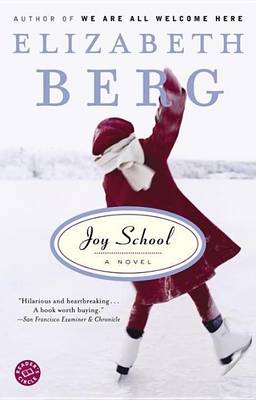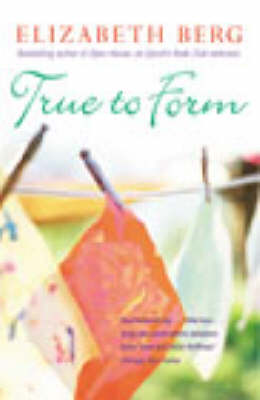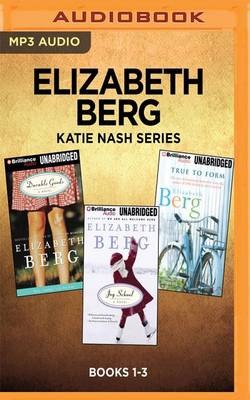Katie Nash
3 primary works • 4 total works
Book 1
On the hot Texas army base she calls home, Katie spends the lazy days of her summer waiting: waiting to grow up; waiting for Dickie Mack to fall in love with her; waiting for her breasts to blossom; waiting for the beatings to stop. Since their mother died, Katie and her older sister, Diane, have struggled to understand their increasingly distant, often violent father. While Diane escapes into the arms of her boyfriend, Katie hides in her room or escapes to her best friend’s house—until Katie’s admiration for her strong-willed sister leads her on an adventure that transforms her life.
Written with an unerring ability to capture the sadness of growth, the pain of change, the nearly visible vibrations that connect people, this beautiful novel by the bestselling author of Open House reminds us how wonderful—and wounding—a deeper understanding of life can be.
Written with an unerring ability to capture the sadness of growth, the pain of change, the nearly visible vibrations that connect people, this beautiful novel by the bestselling author of Open House reminds us how wonderful—and wounding—a deeper understanding of life can be.
Book 2
In this exquisite new novel by bestselling writer Elizabeth Berg, a young woman falls in love -- and learns how sorrow can lead to an understanding of joy.
Katie, the narrator, has relocated to Missouri with her distant, occasionally abusive father, and she feels very much alone: her much-loved mother is dead; her new school is unaccepting of her; and her only friends fall far short of being ideal companions. When she accidentally falls through the ice while skating, she meets Jimmy. He is handsome, far older than she, and married, but she is entranced. As their relationship unfolds, so too does Katie's awareness of the pain and intensity first love can bring.
Beautifully written in Berg's irresistible voice, Joy School portrays the soaring happiness of real love, the deep despair one can feel when it goes unrequited, and the stubbornness of hope that will not let us let go. Here also is recognition that love can come in many forms and offer many different things. Joy School illuminates, too, how the things that hurt the most can sometimes teach us the lessons that really matter.
About Durable Goods, Elizabeth Berg's first novel, Andre Dubus said, "Elizabeth Berg writes with humor and a big heart about resilience, loneliness, love and hope. And the transcendence that redeems." The same will be said of Joy School, Elizabeth Berg's most luminous novel to date.
Katie, the narrator, has relocated to Missouri with her distant, occasionally abusive father, and she feels very much alone: her much-loved mother is dead; her new school is unaccepting of her; and her only friends fall far short of being ideal companions. When she accidentally falls through the ice while skating, she meets Jimmy. He is handsome, far older than she, and married, but she is entranced. As their relationship unfolds, so too does Katie's awareness of the pain and intensity first love can bring.
Beautifully written in Berg's irresistible voice, Joy School portrays the soaring happiness of real love, the deep despair one can feel when it goes unrequited, and the stubbornness of hope that will not let us let go. Here also is recognition that love can come in many forms and offer many different things. Joy School illuminates, too, how the things that hurt the most can sometimes teach us the lessons that really matter.
About Durable Goods, Elizabeth Berg's first novel, Andre Dubus said, "Elizabeth Berg writes with humor and a big heart about resilience, loneliness, love and hope. And the transcendence that redeems." The same will be said of Joy School, Elizabeth Berg's most luminous novel to date.
Book 3
Set in 1961, Katie, the central character of this story, is facing a summer full of conflict. Her father has arranged two awful babysitting jobs for her and, worse still, she has been forcibly inducted into a dreadful girl scout troop by her friend's clueless mother.
1-3



